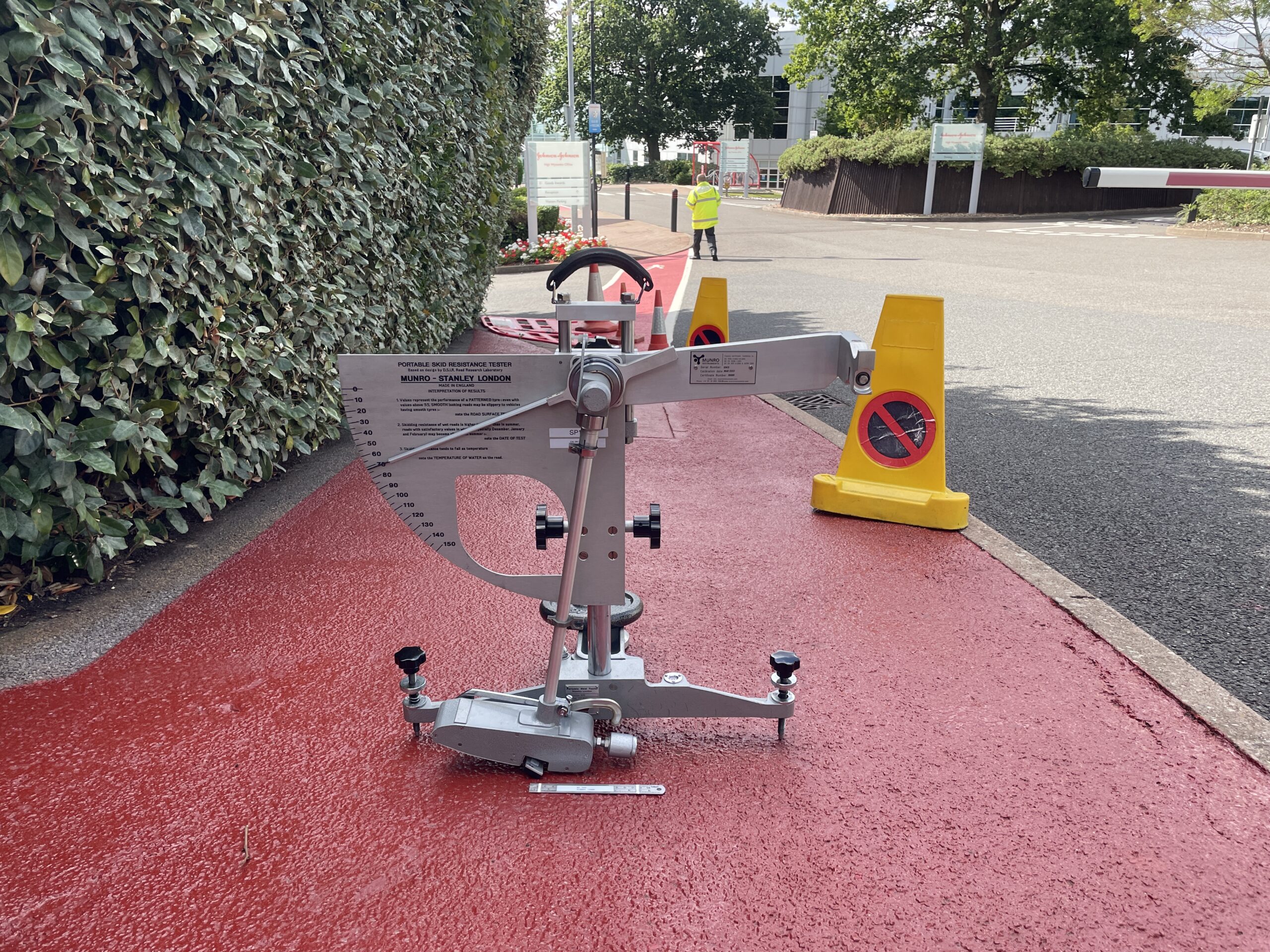Ensuring Safety in the Workplace: Pendulum Slip Testing for Offices
In the bustling world of modern offices, where productivity, efficiency, and style often take center stage, one crucial aspect should never be overlooked: safety. Ensuring a safe work environment is a responsibility that employers cannot afford to neglect. Among various safety measures, one of the key components is pendulum slip testing. In this blog post, we’ll explore the significance of pendulum slip testing in office spaces and why it’s essential to keep your workplace safe.
The Importance of Slip Resistance in Offices
Slip and fall accidents are one of the most common workplace injuries. They can result in significant personal suffering, loss of productivity, and even legal consequences for employers. In office spaces, where floors can be made of various materials, from tiles to hardwood, ensuring slip resistance is paramount.
Pendulum slip testing is a method employed to assess the slipperiness of office floors. It helps determine whether the flooring surfaces meet the required safety standards, thereby reducing the risk of accidents and injuries among employees and visitors.
How Pendulum Slip Testing Works
Pendulum slip testing measures the dynamic coefficient of friction (DCOF) of a surface. This coefficient indicates the resistance of the flooring material to slip when it comes into contact with moisture. A higher DCOF value indicates a lower risk of slipping. The pendulum tester consists of a weighted pendulum arm with a rubber slider at one end. This arm is allowed to swing across the surface being tested, simulating the motion of a foot during a slip.
The results of pendulum slip testing are usually expressed as a pendulum test value (PTV). A PTV of 36 or higher is considered safe for most indoor office environments, indicating that the flooring surface has a low risk of causing slips and falls.
Benefits of Pendulum Slip Testing for Offices
- Risk Mitigation: By regularly conducting pendulum slip testing, employers can identify and address potential hazards before accidents occur. This proactive approach reduces the risk of slip and fall incidents and, in turn, decreases the likelihood of legal liabilities.
- Compliance with Regulations: Many countries have established specific safety standards and regulations for slip resistance in workplaces. Pendulum slip testing helps offices ensure they are compliant with these standards, avoiding penalties and legal issues.
- Employee Well-being: A safe work environment fosters employee well-being and boosts morale. When employees feel secure in their workplace, they are more likely to focus on their tasks and be productive.
- Enhanced Reputation: Promoting safety in the workplace can improve the reputation of an organization. It shows that you care about your employees’ welfare, which can be an attractive feature for potential clients, partners, and employees.
In the modern office landscape, safety should always be a top priority. Pendulum slip testing is a vital tool in ensuring the safety of employees and visitors in office spaces. By conducting regular slip resistance tests, employers can not only reduce the risk of accidents but also comply with regulations, boost employee morale, and enhance their organization’s reputation.
Investing in the safety of your office environment is an investment in your business’s future. It’s a simple yet powerful way to protect your most valuable assets—your employees—and create a workplace where productivity and safety coexist harmoniously. So, if you haven’t already, it’s time to consider implementing pendulum slip testing in your office space for a safer, more secure work environment.

